I still remember my first day in the US, standing at the LAX shuttle station with two overweight suitcases, completely lost. My phone showed there was a bus to downtown, but I waited forever without seeing one. Later I learned I had misread the station number and waited at the wrong stop for over an hour. That feeling of exhaustion and helplessness is probably something everyone experiences on their first trip to America.
After living in the US for so many years, I've thoroughly figured out the transit system here. Whenever I think back to my initial predicament, I can't help but laugh. Honestly, America's public transportation system does have its unique aspects - if you don't study it well, you'll definitely take many wrong turns.
The US ground transit system can be seen as a microcosm of society. Each city has its own unique transit culture, just like each city has its own personality.
Take New York for example - it has perhaps the most diverse types of buses. Yellow school buses appear punctually on streets every morning, carrying backpack-wearing children to school; blue city buses weave through Manhattan's streets, becoming the city's most common yet essential mode of transport; red tourist buses carry visitors from around the world between New York's iconic landmarks.
My favorite is New York's M5 bus, which runs from South Ferry at the southern tip all the way to Washington Heights in the north. Sitting in the upper deck seats, through the large windows, you can see Manhattan's transformation: from Financial District skyscrapers to SoHo art galleries, to Upper West Side luxury apartments, and finally to the vibrant neighborhoods of Harlem. Though the journey takes nearly two hours, it's one of the best ways to understand New York.
In Los Angeles, the transit system presents a completely different picture. The bus routes are designed very scientifically to accommodate the city's unique geography and population distribution. The express and local line setup is a good example. Once when I needed to go from Santa Monica Beach to Hollywood, a regular bus would have taken almost two hours with all its stops. But the express line took only 50 minutes, as it skips lower-usage stops and shuttles directly between major hubs.
Chicago's transit system impressed me with its punctuality. Even in frigid winters when temperatures drop to -20°F, buses still arrive on time. I once asked a bus driver how they manage this, and he smiled saying, "That's the Chicago spirit - we don't let weather affect our work." This professional dedication is evident throughout America's transit system.
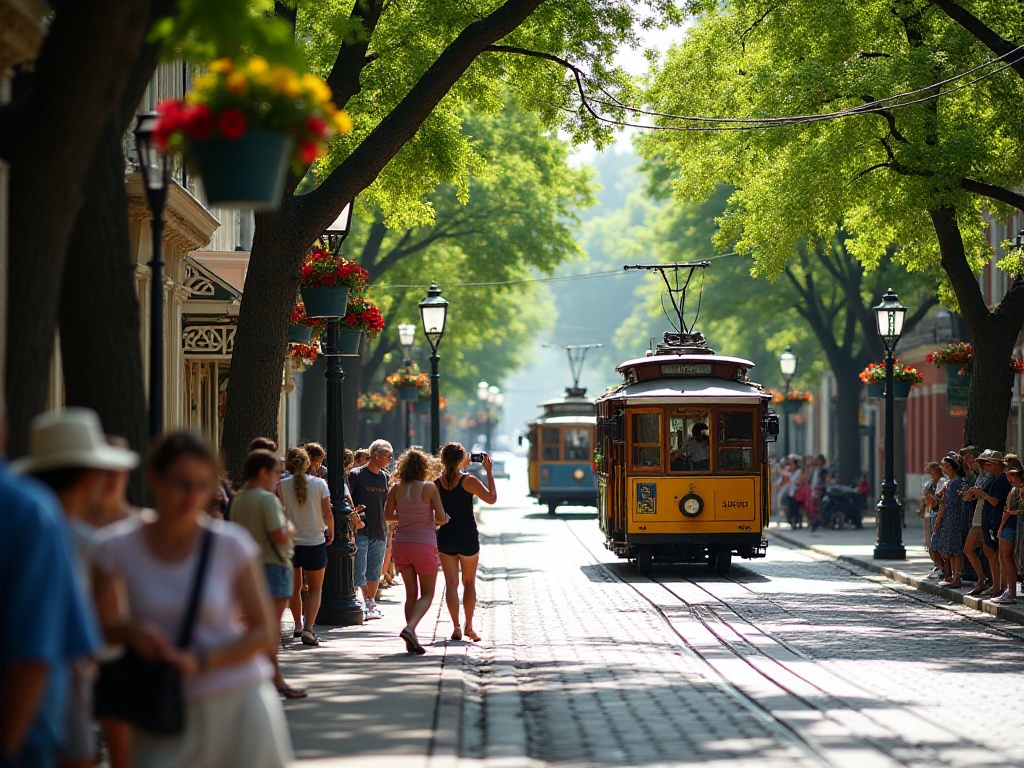
Speaking of rail transit, every American city has its own characteristics. New York's subway is a living museum, witnessing over a century of the city's development.
Many people might not know that a large portion of New York's 850 miles of track was built in the early 20th century. On some lines, you can still see original platform decorations from a hundred years ago. For instance, the City Hall station, though no longer in use, still preserves its beautiful vaulted ceilings and stained glass windows, becoming a living fossil of New York's subway system.
In Boston, I particularly love their Green Line light rail. It's one of America's oldest subway lines, operating since 1897. Whenever I sit in these vintage carriages watching the changing scenery outside, I feel like I've traveled back a century. Especially when passing through Boston Common, the contrast between the ancient trolley and modern city landscape creates a unique visual experience hard to find in other American cities.
San Francisco's cable car system is another transit mode that fascinates me. These seemingly simple wooden carriages actually contain very complex mechanical systems. Steel cables run underground throughout the city, driven by huge gears at the central powerhouse, allowing cable cars to travel smoothly up steep hills.
Most interestingly, each cable car has a "gripman." This position requires at least six months of specialized training, as operating a cable car demands tremendous physical strength and precise judgment. I once visited the Cable Car Museum, where staff told me that now fewer than ten people worldwide can skillfully operate this century-old mechanical system.
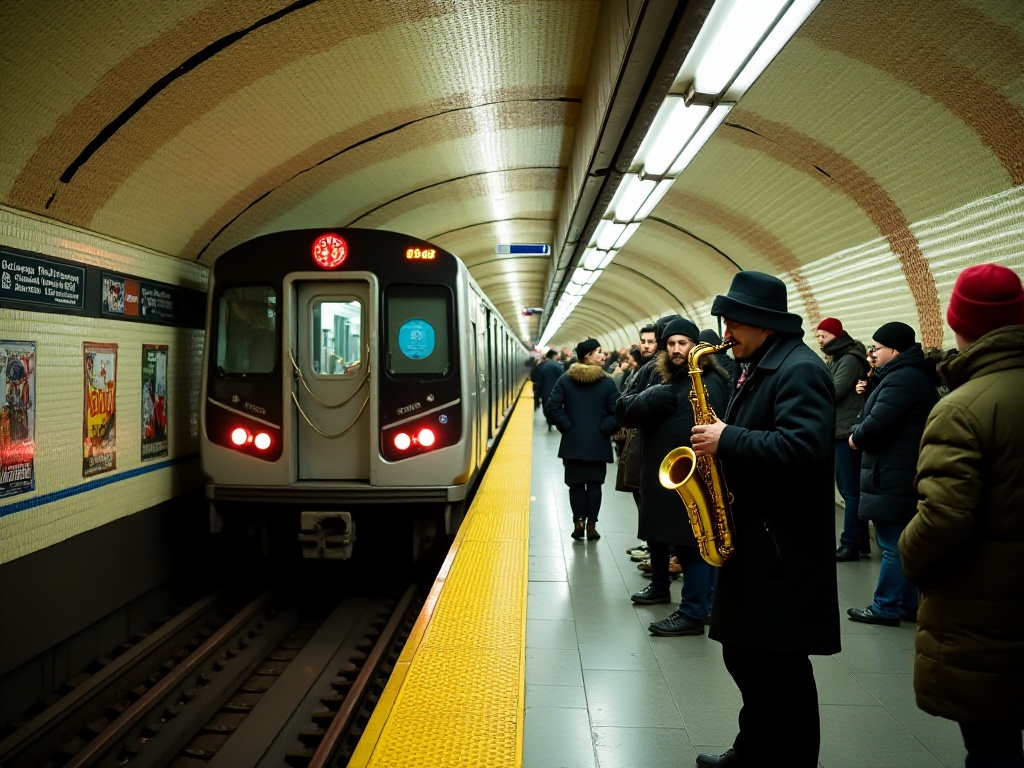
In American coastal cities, water transportation often plays an important role. Seattle's ferry system is a typical example. Every morning, when I stand at the Bainbridge Island terminal waiting for the ferry, I can feel the city's unique rhythm.
The scenes on ferries are always interesting. Business people clutch coffee cups while focusing on their laptops; tourists raise cameras to capture perfect angles of Seattle's skyline; and locals leisurely sit on deck reading books or chatting. These scenes have made me deeply realize that for Seattleites, ferries aren't just transportation - they're part of a lifestyle.
In New York, water taxis are also a unique feature. Especially in summer, taking a water taxi from Lower Manhattan to Brooklyn's DUMBO area, you can enjoy views of the Statue of Liberty, Brooklyn Bridge, and other landmarks along the way. Though this water journey takes only twenty minutes, it offers a completely different perspective of the city.
Boston's water taxis gave me another experience. They not only connect the city center with the airport but also link various historical sites around Boston Harbor. Sitting on the boat, listening to guides explain the history of the Boston Tea Party while viewing historic buildings along the Charles River, it feels like traveling back to the American Revolution era.
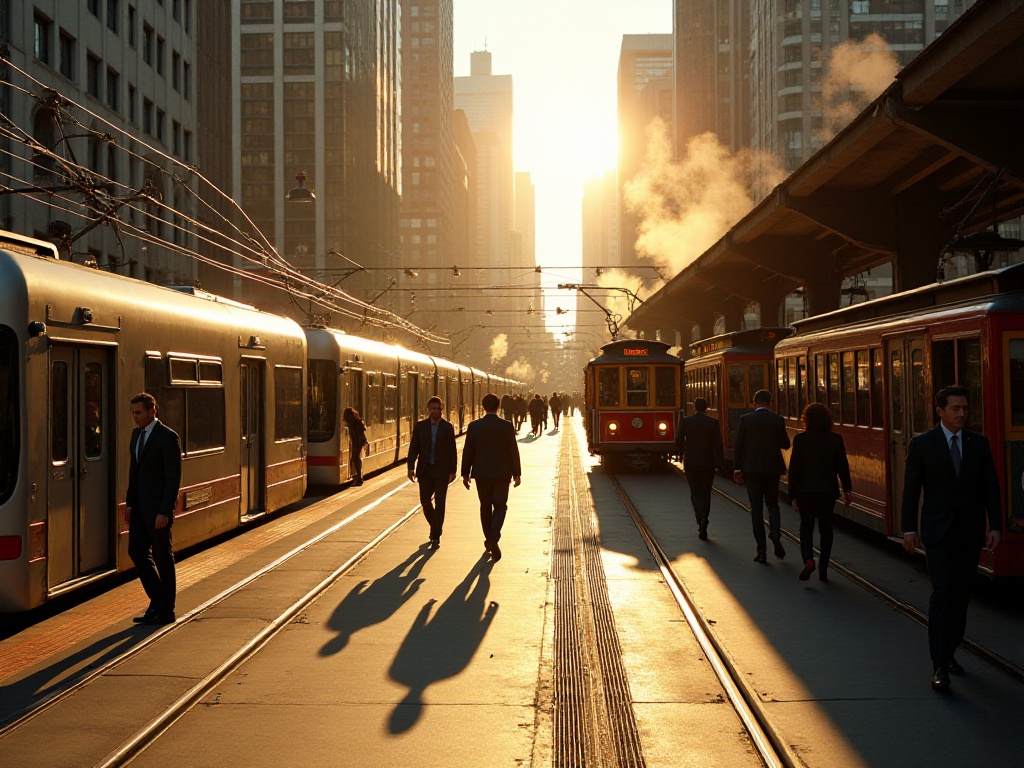
With technological development, innovative transportation methods keep emerging in America. The bike-sharing system is a good example. I remember being worried about complexity when first using Citibike in New York. But after trying it, I found the whole system very user-friendly.
You just need to scan the station's QR code with your phone to easily unlock a bike. You can also check real-time availability of parking spots at nearby stations through the app. Best of all, these bikes are equipped with GPS tracking, so even if you accidentally park in the wrong place, the system can quickly locate it.
In San Francisco, I discovered their shared bikes even have electric assist systems. This is absolutely magical in a city famous for steep hills. Once I rode an electric shared bike up Lombard Street, easily completing a route that would challenge regular bicycles.
The emergence of Uber and Lyft has completely changed how Americans travel. These ride-hailing services not only provide more choices for passengers but also create flexible employment opportunities. I know an Uber driver who's a retired teacher - he says driving not only earns extra income but more importantly lets him meet passengers from around the world and hear their interesting stories.
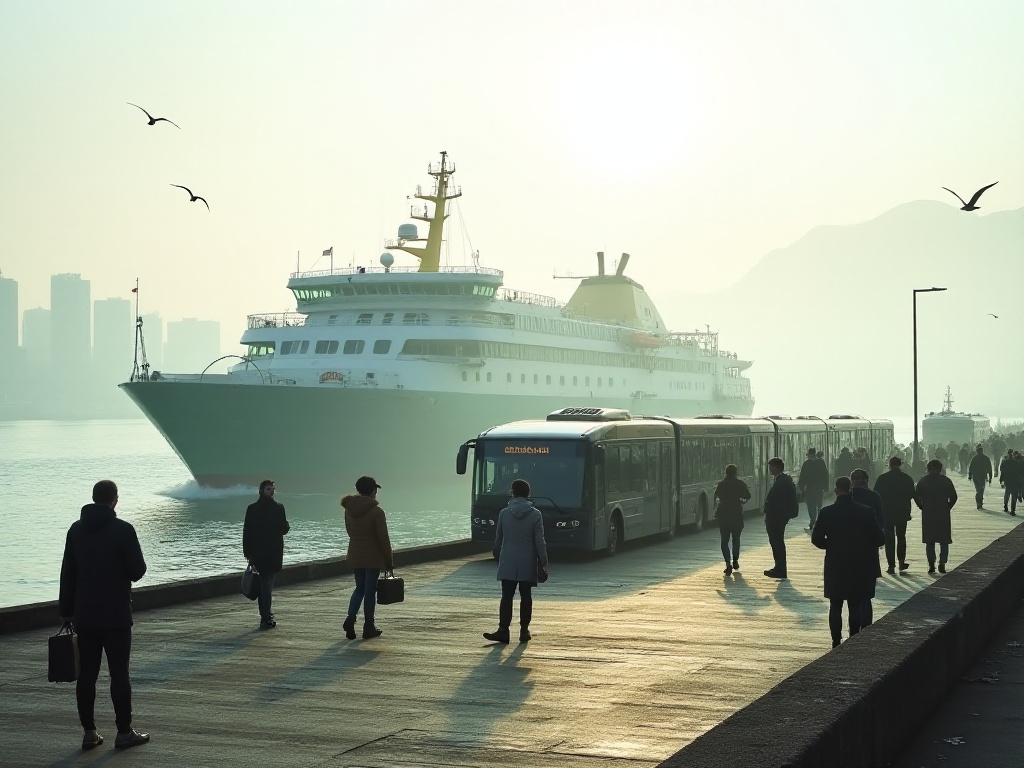
In America, accessing accurate transit information is key to smooth travel. With technological development, there are now more convenient ways to check transit information.
Each city's transportation department has developed its own official app. For example, Boston's MBTA app not only shows real-time arrival information but also alerts you about temporary route changes or maintenance. Once when I was heading to work, the app suddenly notified me about Red Line maintenance issues, helping me avoid delays.
Google Maps and Apple Maps' transit navigation features are also very powerful. They not only plan optimal routes but automatically adjust suggested routes based on real-time conditions. More thoughtfully, these maps also show accessibility facility information at stations, convenient for passengers with mobility needs.
However, I most recommend visiting information centers in person. There, you not only get detailed transit information but also hear many local users' tips. I remember at Chicago's visitor center, a staff member not only detailed various transportation options from downtown to O'Hare Airport but also shared some lesser-known tips, like which times to travel to avoid peak periods.
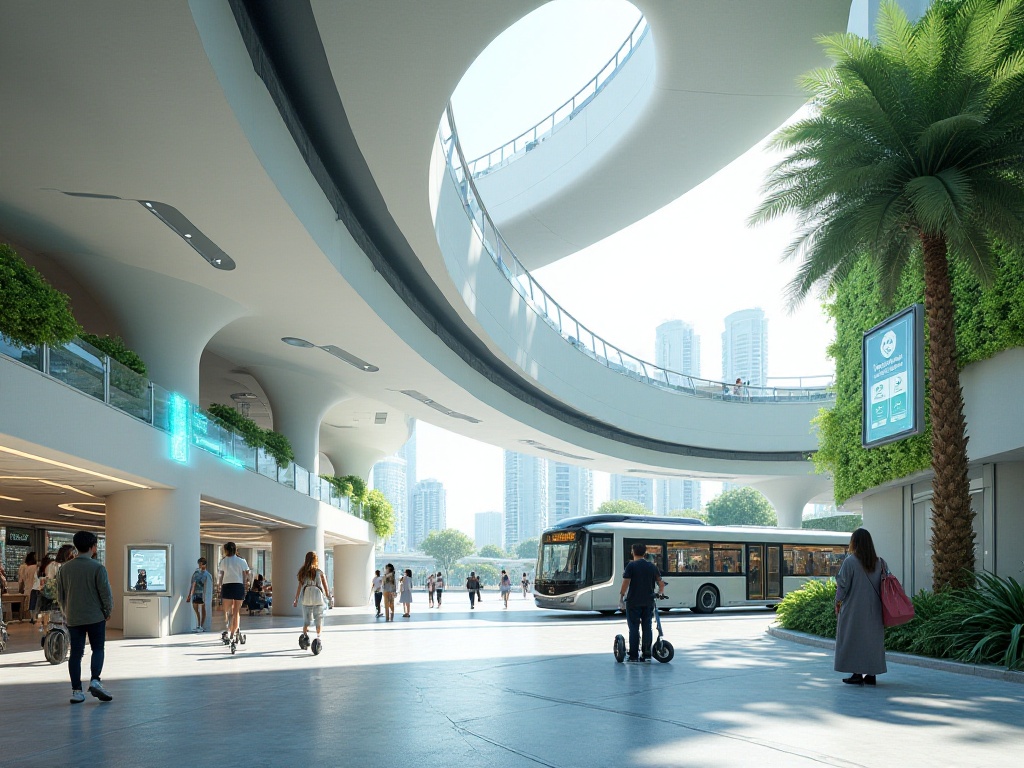
After years of experience, I've summarized some practical advice to help everyone better use American public transit.
First is about ticket choices. If you plan to stay in a city for an extended period, definitely consider buying monthly or weekly passes. In New York for example, though unlimited monthly passes seem expensive, if you ride the subway round-trip daily, you'll quickly break even. Plus, many monthly passes include bus access, making them quite economical.
Second is about time management. Though American transit systems are punctual, intervals between services can be long. I recommend using Google Maps' "Departure Time" feature to plan ahead. This feature can work backward from when you want to arrive to tell you when to depart, very practical.
Next is learning to flexibly use multiple transit modes. Sometimes a single mode isn't the best choice. For example, going from New York City to Newark Airport, taking only subway might require many transfers, but taking subway then airport express not only saves time but avoids dragging luggage through subway stations.
Also, definitely check transportation department maintenance notices. American public transit facilities often undergo maintenance upgrades, which might mean temporary route changes or closures. Many people don't check notices in advance and only discover route changes at the station, forcing last-minute plan changes.
For tourists, I suggest buying city attraction cards like New York's CityPASS or San Francisco's GO Card. These cards usually include not only attraction tickets but also public transit access, saving considerable money.
Living in America for so many years, I increasingly feel that a city's public transit system is like its blood vessels. It not only connects various parts of the city but carries the city's memories and stories.
Whenever I sit on New York's subway, watching diverse passengers and listening to street performers, I can feel the city's unique vitality. And in San Francisco, sitting on century-old cable cars, listening to wheels grinding against tracks, it's like touching the city's past.
Public transit isn't just transportation - it's an essential part of city life and the most direct way to understand a city. By observing a city's transit system, you can understand its development history, cultural characteristics, and even residents' living habits.
Just as New York's busy subway reflects the city's never-stopping rhythm, San Francisco's cable cars show the city's respect for history, and Boston's Green Line light rail tells of the city's long traditions. Each mode of transportation tells the city's story in its own way.
Do you have any memorable American public transit experiences? Welcome to share in the comments. Next time we'll discuss American long-distance transportation and see what's unique about Amtrak and Greyhound buses.
 Previous
Previous
